|
|
 |
|
|
SMEAC
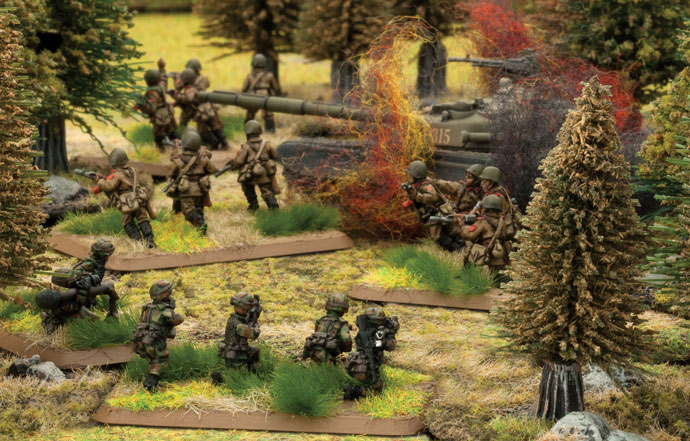 |
SMEAC
with Scott McCorley
The abbreviation of the day is ‘SMEAC’, ladies and gentlemen. Welcome to another lesson, and this time we will learn to apply this and what it means. As any good junior leader it is important to understand and apply it to all aspects of command. It will help you with decision making and learn to overcome and adapt to any situation on the ground.
|
|
First of what is it. SMEAC stands for Situation, Mission, Execution, Administration and Logistics, Command and Signal. It’s important to understand each word and how to make decisions in a tactical situation, under pressure from the enemy.
|
|
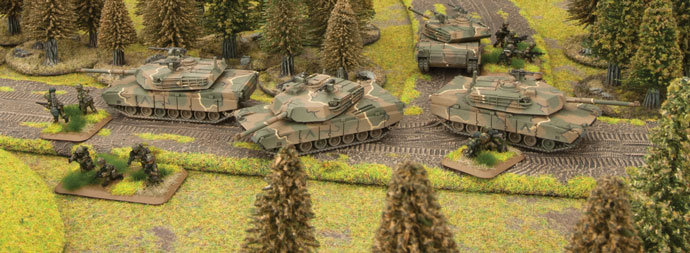
|
|
Most military forces around the world apply this in one form or another. It is taught to all levels of command from lance corporals to generals (most generals will have learned this as part of their officer training but over many years will have perfected it). It is the basic fundamentals of command the ability to give cool, calm, effective, and efficient orders while under fire. Every time a soldier or an officer gets promoted they will gain more lessons on leadership and the command process but the fundamentals will never change it is this that will allow a leader to overcome and adapt to any situation they face in the heat of battle.
|
|
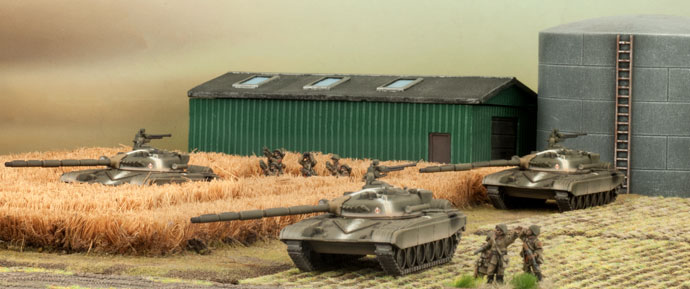
|
|
SMEAC begins with ‘Situation’, so we will too. What is the current situation? Where are my units deployed? Where is the enemy and what do I do next? In Team Yankee this translates into examining the battle space (current table) and looking at the positioning of all my units in relation to where the enemy units are. It’s also good to evaluate what is going on each turn, how the enemy reacts to my deployment and to my first turn. It’s a good chance to see what units are pinned or need to test for morale. Checking the situation is good plan before moving and to think about the next part the mission.
|
|
The Mission. This is the part during which you consider the objective of the game, what the scenario is, what does one have to achieve and how does one achieve it. This is a good chance to look at how you can get to that objective or to make sure your objectives are safe from being overrun. To make new plans, to adapt and overcome any obstacles in your way. This comes to the next part of this abbreviation.
|
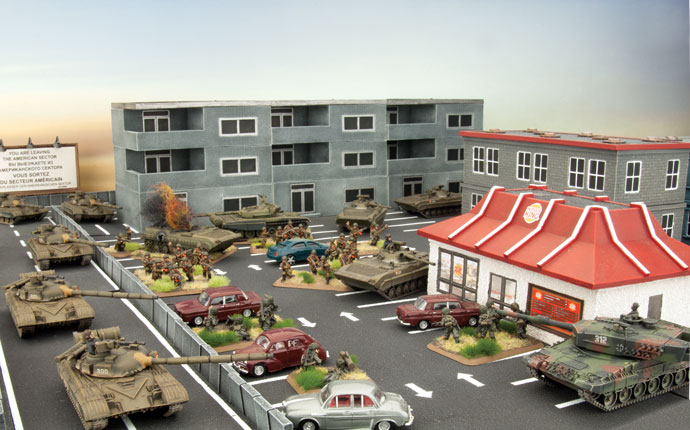
|
|
Execution. This is where you as the commander put everything into practice by giving orders to achieve the mission. This is a good chance to look at where you will move your units, what movement orders will i give, what cross checks will i have to make to get to a good flanking position. What units can shoot, what units do i have available to push forward to take the objective. This comes to our last two parts.
|
|
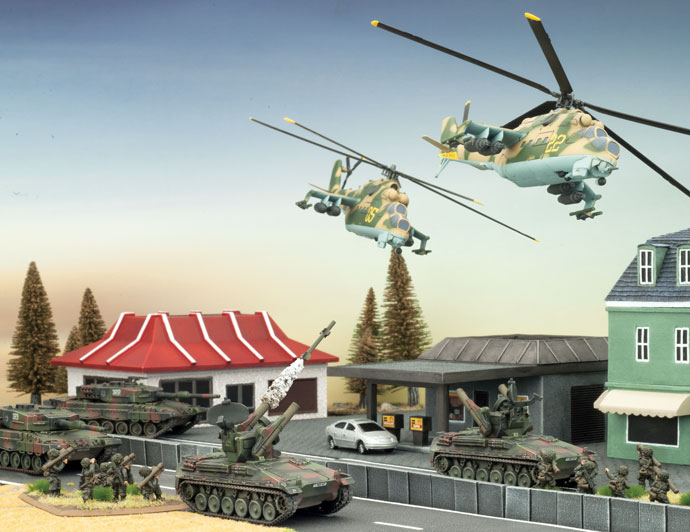
|
Admin and control. Both of these are more formalities but still are an important part of the command process. Both of these processes are used to make sure your unit has the right gear for the job, and that you as the commander have control and command via comms to give orders to your units/ troops. In the game this is the best opportunity to look at what units I have and what they are equipped with to achieve the mission— do I use tanks with the brutal rule against infantry as there are no tanks in range or sight? It’s also a good opportunity to decide whether it’s best to continue a repeat bombardment of your artillery on the same position, to range in on a new more vulnerable target like infantry out in the open, or to pin something else to keep their heads down.
|
|
The control is to ensure every unit still is command range of not just your platoon commanders but your formation commander to ensure they can take advantage of that better skill rating to blitz that all important unit into a better position.
|
|
So in conclusion, now that you have the basic understanding of the fundamentals of command you can apply this process each turn including your deployment, as this is where it starts from. The process never changes, only your situation does each turn but if you apply it from the start of each turn you will be able to overcome and adapt to any situation the enemy can throw at you. I hope you now can go forward and look combat from a new perspective, and ALWAYS remember SMEAC.
~Scott
|
|
|
|